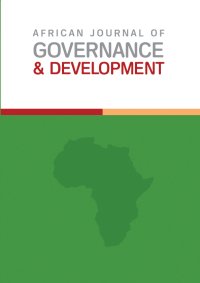COVID-19 and the Public Service Ethics Quagmire: A Procurement-Corruption Interface
Main Article Content
Abstract
When emergencies arise, corruption levels rise even higher. It is a global phenomenon that the swift nature of disaster response becomes susceptible to ethics violations and noncompliance with procurement processes. This also means that opportunities arise for a wide range of procedure deviations that are likely to involve ethics malpractices. The COVID-19 pandemic is the latest global disaster that has brought procurement corruption to the fore. This has certainly been the case in South Africa since March 2020. This article presents four incidents (scenarios) where ethics malpractices linked to procurement were found and reported on; then it goes on to analyse these incidents. A qualitative approach is used to analyse the scenarios. The main objective of this analysis is to add practical evidence to prevailing literature on public service ethics linked to procurement. The scenarios are analysed and situated in the context of some of the dominant ethics theories. This is done to arrive at the article’s main question: Why are ethics important in times of disaster? The article ultimately presents some scholarly reflections emanating from the analysis of the four scenarios. The prevailing opinion is that the interface between procurement and corruption remains fragile and necessitates continued efforts towards more tangible approaches in the fight against corruption. then presents some reflections on this question in the context of building a capable developmental state.
: ,,,
Article Details

This work is licensed under a Creative Commons Attribution-NonCommercial-NoDerivatives 4.0 International License.
